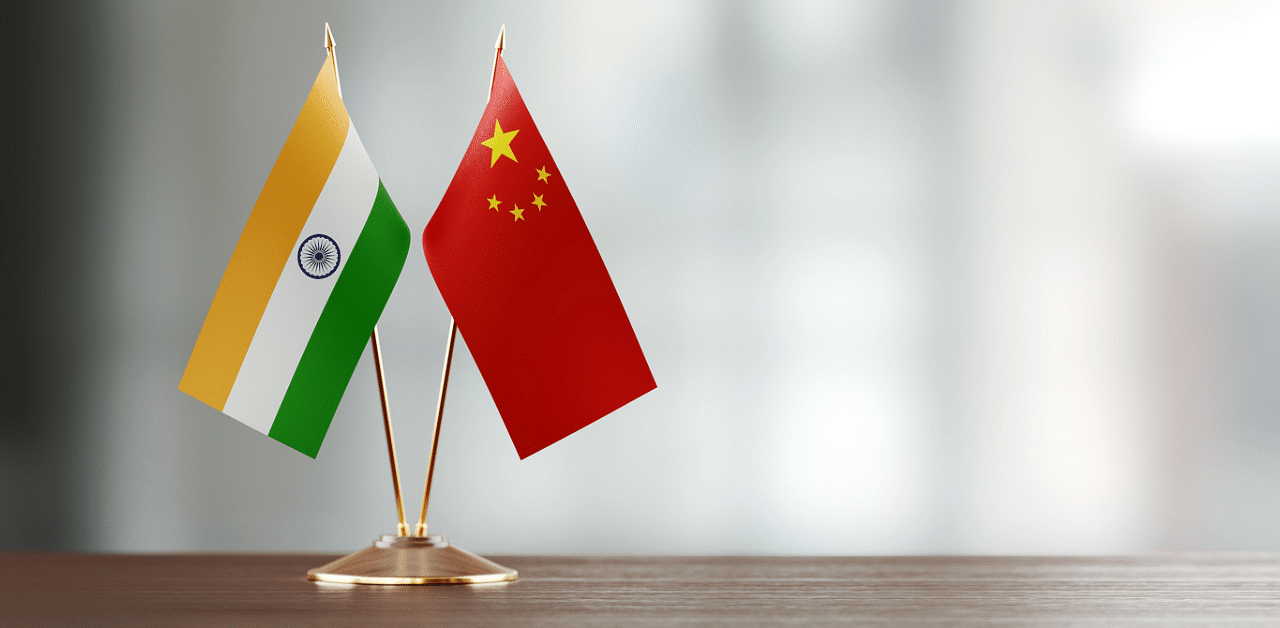
After nearly a year of confrontation in Ladakh, disengagement between the two armies began in February. This does not mean, however, that any of the issues that led to the confrontation in the first place have been resolved. Far from it. It is not even clear as to why the Chinese came in and why they are stepping back now. Indian strategy pundits are trying hard to figure that out. Then, towards the end of February came the decision of the Indian and Pakistani Director Generals of Military Operations to cease fire on the Line of Control (LoC) in Jammu and Kashmir, which has witnessed constant exchange of fire, leading to loss of lives on both sides, including that of civilians. Here too, the strategists are trying to understand how long the mutually accepted truce will last, and what are the motives of Pakistan in the first place. The Indian side has so far not indicated that it had sought the truce. It is made to appear that Pakistan mooted it and India, as a generous and peace-loving country, had readily accepted it.
The negotiations with China have been in public domain, the meetings of Defence Minister Rajnath Singh and his Chinese counterpart, General Wei Fanghe at the Shanghai Cooperation Organisation (SCO) meeting at Sochi in Russia in September as also the meeting of External Affairs Minister S Jaishankar with his Chinese counterpart Wang Yi at the SCO summit. There were several other conversations between Jaishankar and Wang. Both India and China had stakes in the cessation of hostilities in Ladakh because despite the Indian ban on Chinese apps, the economic relations mattered to both sides. The disengagement does not promise permanent peace and tranquility, but it comes as a respite for the two sides. China’s motives and thinking remain as inscrutable as ever.
It is not clear as to what the India factor is in China’s international calculus. The statements that emanate from Beijing, both from the government and from the strategy experts over there, seem to be focused on the United States and the China-US commercial and ideological wars. The Chinese want to give the impression that India does not count in Beijing’s world picture. This might just be pretense.
The truce on the Pakistan front remains equally puzzling. The stance of the Bharatiya Janata Party as well as that of the Narendra Modi government has been a hard one, even belligerent. The BJP leaders have often used Pakistan as a whipping boy in state assembly and national elections. The BJP did it in the 2015 Bihar elections, in the Uttar Pradesh elections in 2017 and in the Lok Sabha elections in 2019. Apart from his over-friendly gestures in 2014 towards Pakistan and the then Pakistan PM Nawaz Sharif, Modi has been talking tough against Pakistan in the same way as the Republican administration of former US President Donald Trump did with Iran. So, the truce decision of February comes as a surprise. Why and how did the thaw, however momentary, come remains a puzzle. It is true that the Pakistan army in recent months has been less vocal in its anti-India pronouncements, and Pakistan Prime Minister Imran Khan’s ideological salvoes against the BJP and its ideological mentor, the RSS had a theatrical and frivolous tone. Khan was comparing the Hindu rightwing politics to that of Nazis, but he did not seem to convince anyone.
It will also remain a matter of speculation whether the developments in Ladakh on the Line of Actual Control (LAC) with China and the LoC in Jammu and Kashmir are separate events and that there is no plausible connection between the two. Though Pakistan-China relations are symbiotic, their policies toward India are not synchronised. Though the generals and strategy experts in India have been speaking about a two-front war scenario, it has remained at the conceptual level. In 1962, Pakistan did not do anything to embarrass India because at that time, Pakistan was in the America-led anti-communist military alliance system. In 1965 when the short war was on between India and Pakistan, China did not take advantage of it. And in 1971, the US and China were busy mending their fences with the help of Pakistan. The close economic cooperation between China and Pakistan are quite often flaunted by the two countries, but there is no clear picture on the military relations between the two, and whether there is a secret military alliance between the two, on the lines of alliances among European countries before the First World War, and which in a way precipitated the 1914 war.
More importantly, there is more pragmatism in the foreign policy stance of the Modi government with China and Pakistan. It has become more calibrated than before. There is less rhetoric on the part of the BJP leaders as well as those in the Modi government. The willingness to work with temporary agreements in Ladakh and on the LoC reveals that Modi and the BJP understand that they are dealing with messy situations and that there are no clear solutions. The BJP can continue to blame the Congress and Nehru for the Kashmir problem as well as Ladakh situation. But they know they have to show greater patience while dealing with China and Pakistan in these matters. And that nationalistic bombast does not serve the purpose. And understandably enough, the Modi government is quite quiet about the developments. The government tried to indicate that this was a victory, however limited, for the country but it seems to have been recognised that it is better not to trumpet success at this moment. Modi seems to have sensed that to improved India’s image in the world, it is better to send coronavirus vaccines to other countries than to score brownie points with troublesome neighbours.
Deccan Herald is on WhatsApp Channels| Join now for Breaking News & Editor's Picks